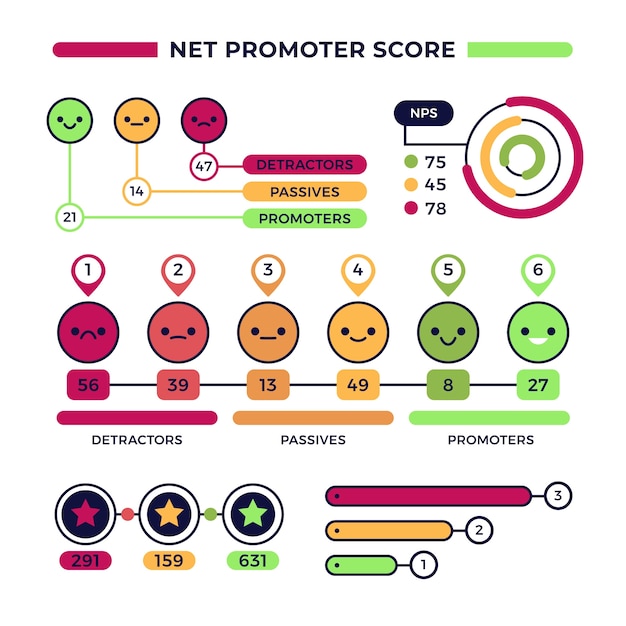
The concept of time has always been an integral part of human existence. From the ancient civilizations to the modern world, people have devised various systems to measure and organize time. One such system is the division of the year into twelve months. Each month holds its own significance and is associated with specific seasons, holidays, and events. Let’s explore the months of the year in detail.
January
January is the first month of the year in the Gregorian calendar. It derives its name from the Roman god Janus, who is usually depicted with two faces looking in opposite directions, symbolizing the transition from the old to the new. January marks the beginning of the new year, and it is often a time for reflection, resolutions, and new beginnings.
February
February is the shortest month of the year, consisting of 28 or 29 days during leap years. Its name comes from the Latin word “februum,” which means purification. In ancient Rome, February was a month for purification ceremonies. This month is also known for Valentine’s Day, a celebration of love and affection.
March
March is the third month of the year and marks the beginning of spring in the northern hemisphere. It is named after Mars, the Roman god of war. March is associated with new life, growth, and rejuvenation. Many cultures celebrate important festivals and holidays during this month, such as St. Patrick’s Day and International Women’s Day.
April
April is the fourth month of the year and is often associated with the arrival of spring in full bloom. Its name is derived from the Latin word “aperire,” which means “to open.” April is a time of rebirth and renewal, as nature awakens from its winter slumber. Easter, a Christian holiday commemorating the resurrection of Jesus Christ, is celebrated during this month.
May
May is the fifth month of the year and is named after the Roman goddess Maia, who symbolizes growth and fertility. It is a time when the weather becomes warmer, and flowers bloom in abundance. May Day, also known as International Worker’s Day, is celebrated on May 1st in many countries to honor the contributions of workers.
June
June is the sixth month of the year and is often associated with the beginning of summer. Its name is derived from the Roman goddess Juno, who is considered the protector of marriage and family. June is a popular month for weddings and outdoor activities. In the northern hemisphere, it is the longest day of the year, known as the summer solstice.
July
July is the seventh month of the year and is named after Julius Caesar, the Roman general and statesman. It is a month filled with warm weather, vacations, and outdoor celebrations. The Fourth of July, also known as Independence Day, is a significant holiday in the United States, commemorating the country’s declaration of independence.
August
August is the eighth month of the year and is named after Augustus Caesar, the first Roman emperor. It is a month associated with the peak of summer, vacations, and relaxation. In many countries, August is a time for festivals, concerts, and outdoor events before the arrival of autumn.
September
September is the ninth month of the year and marks the transition between summer and autumn in the northern hemisphere. Its name comes from the Latin word “septem,” meaning seven, as it was originally the seventh month in the Roman calendar. September is often associated with back-to-school season and the beginning of harvest time.
October
October is the tenth month of the year and derives its name from the Latin word “octo,” meaning eight. In the ancient Roman calendar, October was indeed the eighth month. It is a month known for the vibrant colors of autumn foliage and Halloween celebrations. Many cultures also observe Breast Cancer Awareness Month in October.
November
November is the eleventh month of the year and is derived from the Latin word “novem,” meaning nine. It was originally the ninth month in the Roman calendar. November is a time of transition, as the days grow shorter and colder. It is often associated with gratitude, family gatherings, and the observance of Remembrance Day in many countries.
December
December is the twelfth and final month of the year, known for its festive spirit and holiday celebrations. Its name comes from the Latin word “decem,” meaning ten, as it was originally the tenth month in the Roman calendar. December hosts various religious and cultural celebrations, including Christmas, Hanukkah, and New Year’s Eve.

Understanding the months of the year allows us to navigate through time, appreciate the changing seasons, and commemorate important events. Each month holds its own significance and contributes to the tapestry of our lives. Whether it’s the hopeful beginnings of January or the festive cheer of December, let us embrace and make the most of each moment as we journey through the year.







